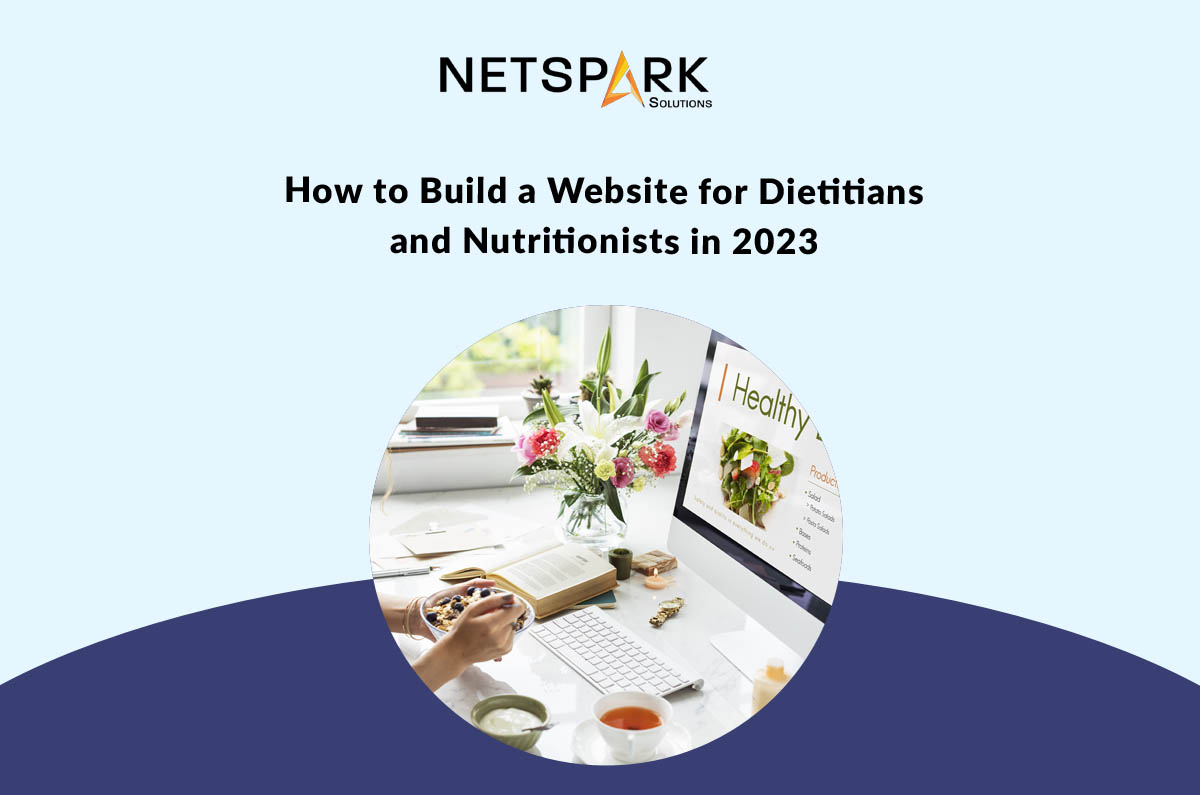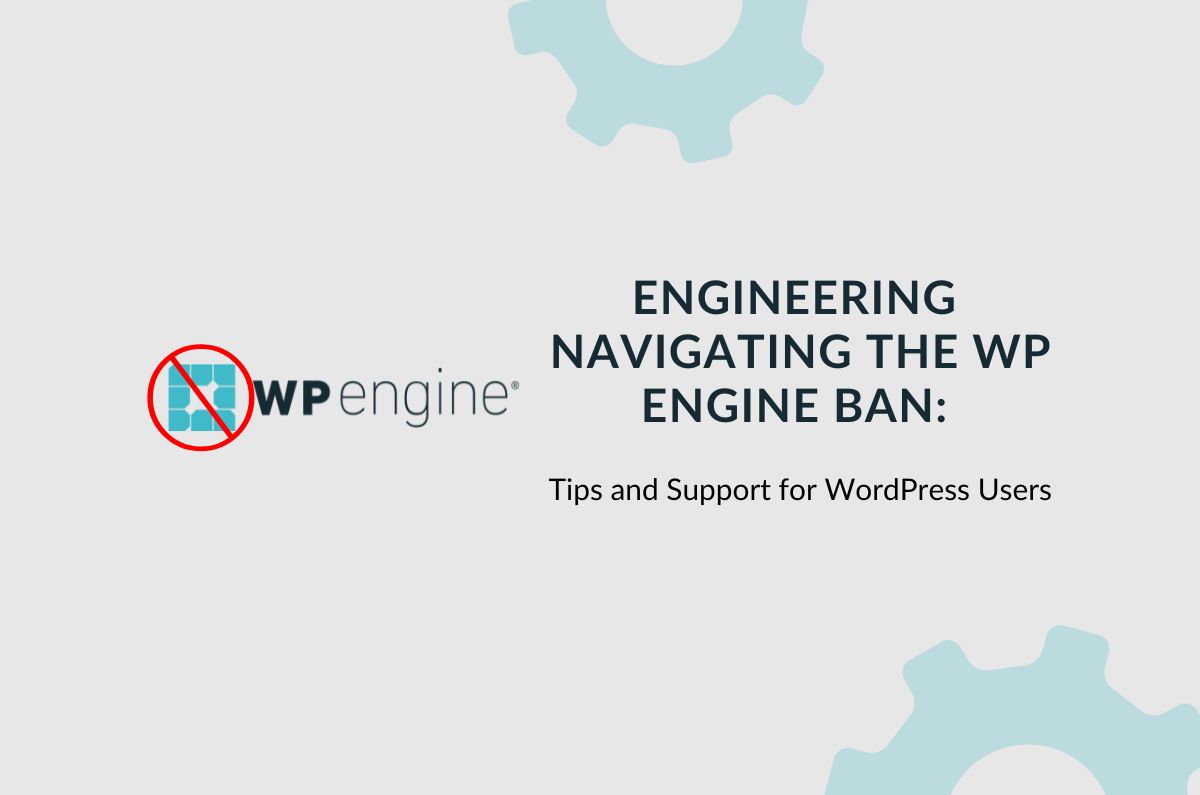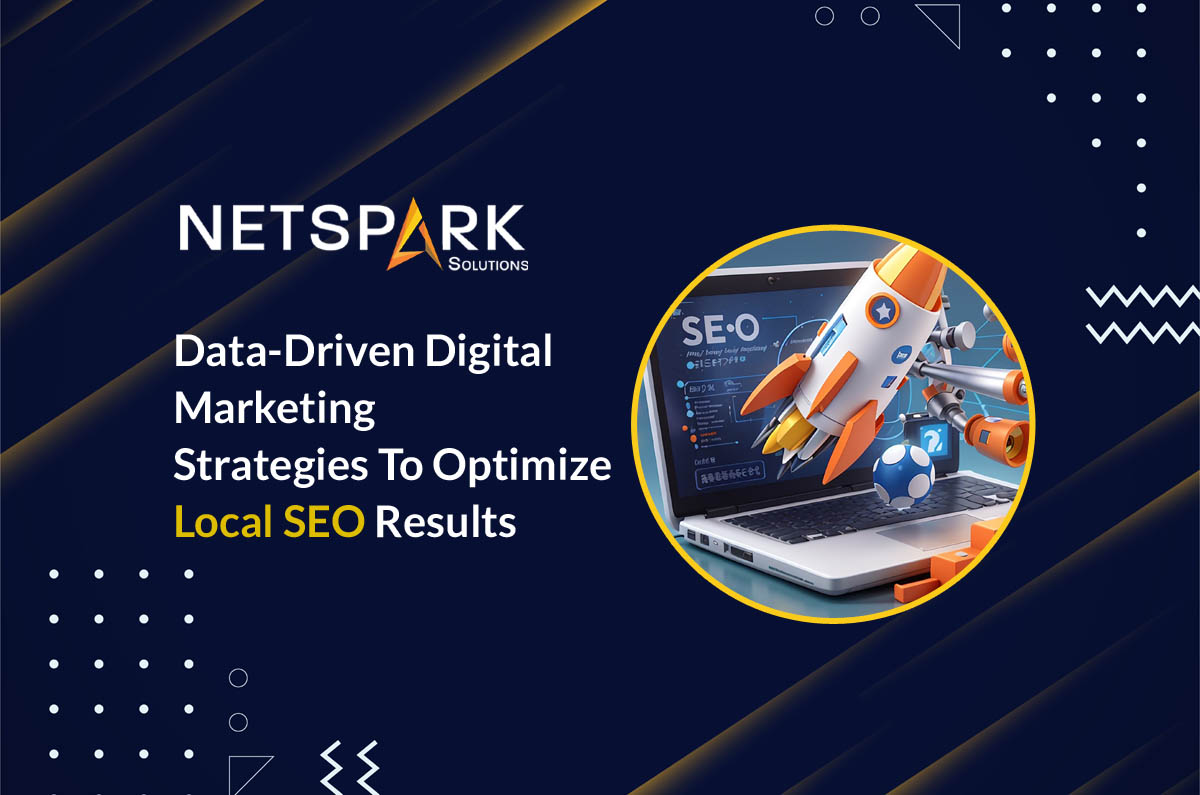The world has gone digital. We are living in an era where people instantly flock to the Internet to seek help. Even when they want to stay healthy and seek assistance with their daily nutrition, they perform a Google search to find the best dieticians and nutritionists in their neighborhood.
Needless to say, having a strong online presence is highly imperative for nutrition experts, especially if they want to connect with their potential clients. It’s important to understand that people don’t look for nutritionists in a gym. They use online reviews, an expert’s profile, and their experience to make the right decision. While many dieticians stick to social media platforms to reach their customers, it’s worth noting that establishing an overall presence is the key to gaining a competitive advantage. Along with your social media handles, you also need a robust website to showcase your business in the digital realm.
This guide will walk you through the detailed steps to build a personalized website to establish your digital identity as a dietician or a nutritionist. So, buckle up, and let’s get your business online so that you can survive the cutthroat competition in the industry.
1. Define and Know Your Audience
First and foremost, nutritionists and dieticians should contemplate the range of services they intend to offer through their website. Whether it’s personalized meal plans, nutritional counseling, fitness guidance, or educational content, having a precise understanding of the services to be featured is paramount. Simultaneously, they must determine what information they aim to provide. This could encompass articles on dietary trends, healthy recipes, nutritional facts, and tips for maintaining a balanced lifestyle. By outlining these offerings, the website’s content strategy can be thoughtfully structured.
Identifying the ideal client or patient is equally vital. In the world of nutrition and dietary guidance, clients can vary significantly in age, health conditions, dietary preferences, and fitness levels. Pinpointing the characteristics of the target audience, such as whether it’s weight-conscious individuals, athletes seeking performance optimization, or people with specific medical conditions, allows for tailored content and services that directly resonate with their needs.
Furthermore, it’s crucial to consider the problems or questions that the website aims to address. Nutritionists and dieticians should anticipate the common queries and challenges their target audience faces. Whether it’s understanding macronutrients, managing dietary restrictions, or seeking advice on weight loss, the website should serve as a valuable resource, providing insightful answers and actionable solutions.
2. Hire a Team of Web Development Experts
Hiring web development experts to build a website for nutritionists and dieticians offers several compelling advantages that can significantly benefit their online presence and overall practice.
Web development experts have a deep understanding of the technical aspects of building websites. They are knowledgeable about the latest web development trends, best practices, and emerging technologies. This expertise ensures that your website will be built to industry standards and perform optimally.
Web developers optimize websites for speed and performance, which is essential for user engagement and search engine rankings. A fast-loading site keeps visitors engaged and reduces bounce rates. It’s also worth understanding that scalability is an integral part of building any website. As your practice grows, your website may need to accommodate more features, content, or traffic. Web developers build scalable websites that can easily adapt to your evolving needs without sacrificing performance.
Professional web developers also offer ongoing support and maintenance services to address issues, update software, and ensure your website remains secure and up-to-date. This frees up your time to focus on your practice rather than troubleshooting technical problems.
3. Make Your Website Visually Appealing
Creating a visually appealing nutrition website is crucial for engaging visitors, encouraging them to explore your content, and promoting a positive perception of your brand. Start with a clean and well-organized layout. Use a harmonious color scheme that aligns with nutrition and health themes. Avoid clutter and excessive use of colors that might overwhelm visitors. Ensure the navigation menu is easy to find and use, so users can quickly access the information they need.
Incorporate high-resolution images and graphics related to nutrition, fresh foods, and healthy lifestyles. Use professional photos of dishes, ingredients, and even before-and-after images for added impact. Ensure images are well-compressed to maintain fast loading times.
Choose readable fonts that are easy on the eyes. Sans-serif fonts are often preferred for web content. Ensure text is appropriately sized, with clear contrast against the background for legibility. Maintain consistent branding elements throughout the website, including logos, color schemes, and fonts. Consistency builds trust and professionalism.
4. Develop a Robust Content Strategy
Developing a robust content strategy is a critical component of building a successful nutrition website. A well-thought-out content strategy not only helps you attract and retain visitors but also positions you as an authority in the field of nutrition.
Conduct keyword research to identify the terms and phrases your audience is searching for online. Use tools like Google Keyword Planner or specialized SEO software to discover relevant keywords. Incorporate these keywords naturally into your content to improve search engine visibility.
Diversify your content to cater to different preferences and learning styles. Consider using a mix of articles, blog posts, videos, infographics, podcasts, and downloadable resources like e-books or meal plans. Variety keeps your audience engaged and provides comprehensive information.
Balance evergreen content (content that remains relevant over time) with timely content (news, trends, and updates). Evergreen content provides long-term value, while timely content showcases your industry knowledge and keeps your audience informed about current nutrition trends.
Provide practical resources like meal plans, healthy recipes, and grocery shopping lists. These resources can be particularly valuable to your audience and encourage repeat visits.
5. Monitor and Update
Regularly monitor your website’s performance using tools like Google Analytics. Pay attention to user behavior, traffic sources, and popular content. Use this data to make informed updates and improvements over time.
Tools like Google Analytics offers a wealth of data about how users interact with your website. By examining metrics such as page views, bounce rates, session durations, and conversion rates, you gain a comprehensive understanding of your website’s performance.
Understanding user behavior is crucial. Analyze the paths users take through your site, which pages they visit most frequently, and where they tend to drop off. This information reveals which content resonates with your audience and where you may need to make improvements.
Identify which pieces of content are performing well and which ones need attention. High-performing content can inform your content strategy, allowing you to create more of what your audience values. For underperforming content, consider updates or additional promotion.
Conclusion
Building a professional website for dieticians and nutritionists has become a need for the hour dieticians and nutritionists. Once your website is up and running, however, make sure to optimize it so that it ranks higher in Google search results and delivers a seamless browsing experience. At the end of the day, you want your website to engage potential leads, which can only be done through a captivating and user-friendly design. Partner with a team of SEO experts and let them tweak your website to perform better in terms of organic growth.











